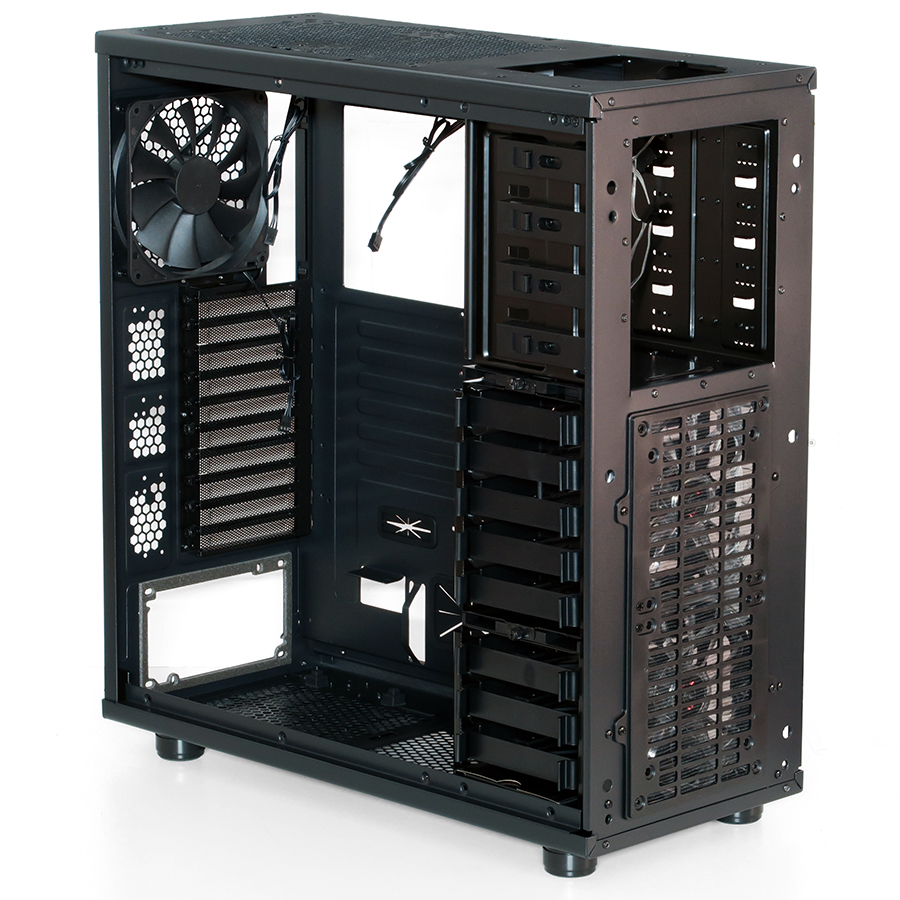What Is a PC Chassis? A Basic Definition
A chassis (pronounced CHasē) is another word for a computer case, aka tower. The chassis holds most of a PC’s components. This doesn’t include peripherals like the keyboard, mouse or monitor. Additionally, chassis can refer to the framework of a machine in general, like a laptop's plastic chassis or a car's rolling chassis.
Different Types of PC Chassis
In terms of PC towers, chassis comes in different shapes and sizes. Some can even hold more than one motherboard. When shopping for the cases, you’ll see chassis identified by one of the terms below. This refers to the type of motherboard these cases are designed to accommodate; however, it also has implications for the chassis’ size as a bigger motherboard requires a bigger case (and vice versa).
- Mini-ITX - Supports motherboards measuring 6.75 x 6.75 inches
- MicroATX - Supports motherboards measuring a maximum of 9.63 x 9.63 inches
- ATX - Supports motherboards measuring 12 x 9.63 inches (LxW)
- XL/EATX - Supports motherboards measuring 12x13 inches (LxW)
Note that most cases can support smaller motherboard types. For example, many ATX cases can support Mini-ITX or MicroATX motherboards.
You might also see chassis categorized by the following terms. There are no exact measurements for these case sizes:
- Desktop - Horizontal design. Sometimes monitors sit on top of a desktop chassis
- SFF - Stands for small form factor. These are compact chassis for accommodating mini-ATX or smaller proprietary motherboards
- Mini-Tower - Standard Vertical tower. No specific size but smaller than mid-tower and full tower.
- Mid-Tower - Standard vertical tower. No specific size but bigger than mini-tower and smaller than full tower.
- Full Tower - Usually 18 inches tall or more.
Different chassis also have different drive bays—2.5-inch for SSDs, 3.5-inch for hard drives or 5.25-inch for optical drives—different I/O shields for different ports and varying cooler support capabilities.
In order to get the best PC case, it’s important to note which parts you have or want in order to determine which size fits your needs. Note that building a PC is more challenging when working with a Mini-ITX chassis and that you probably don’t need an XL/EATX chassis unless you’re building a workstation (or just like the look of a big tower).
This article is part of the Tom's Hardware Glossary.
Get Tom's Hardware's best news and in-depth reviews, straight to your inbox.
Further reading:
- Best PC Cases: Our Tested Picks for Your New Build
- All Case Reviews
- Best PC Builds: From $500 to $5,000
- Best Motherboards
- How to Build a PC
- PC Building Tips for Beginners

Scharon Harding has over a decade of experience reporting on technology with a special affinity for gaming peripherals (especially monitors), laptops, and virtual reality. Previously, she covered business technology, including hardware, software, cyber security, cloud, and other IT happenings, at Channelnomics, with bylines at CRN UK.
